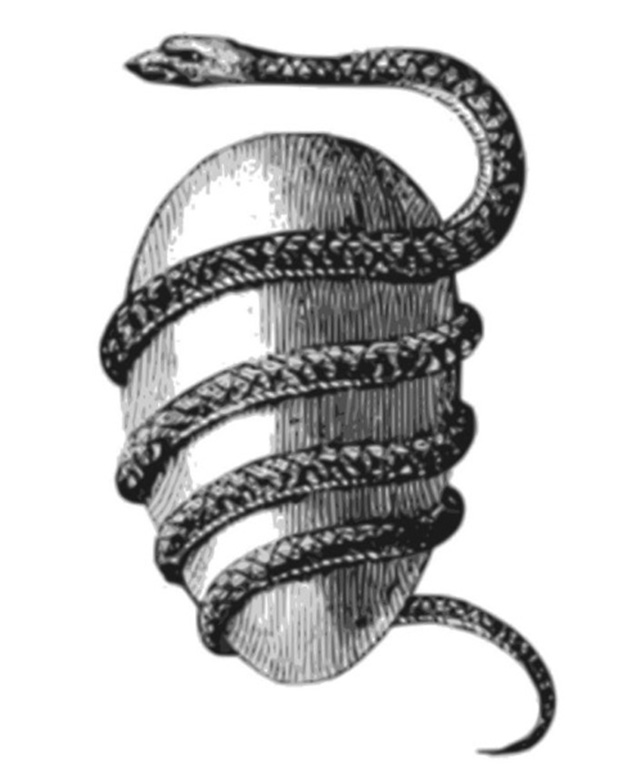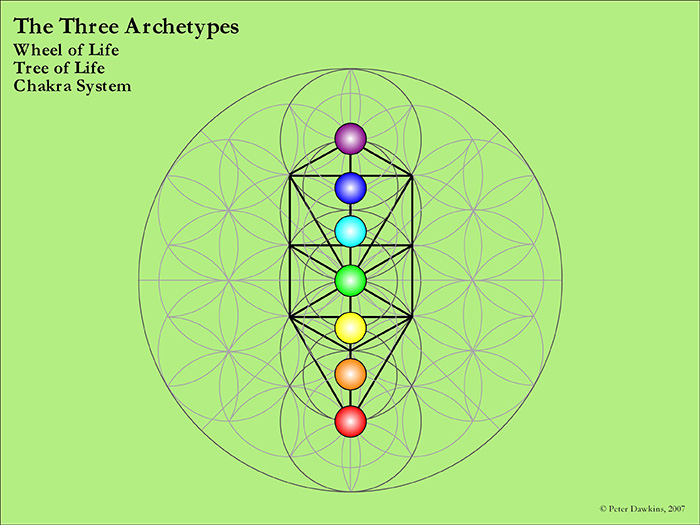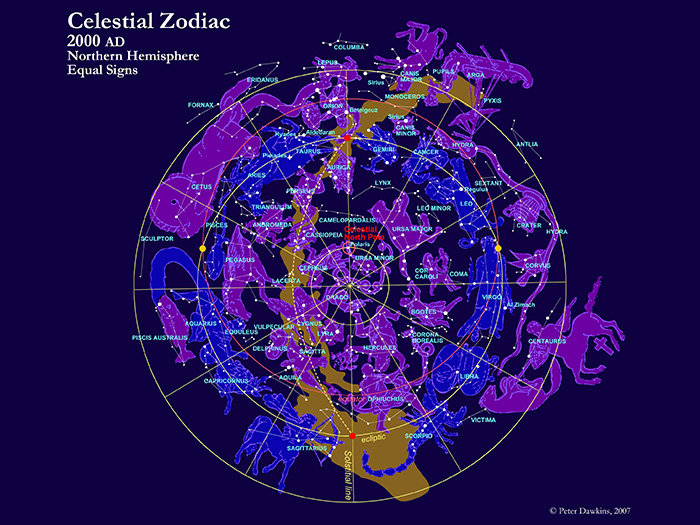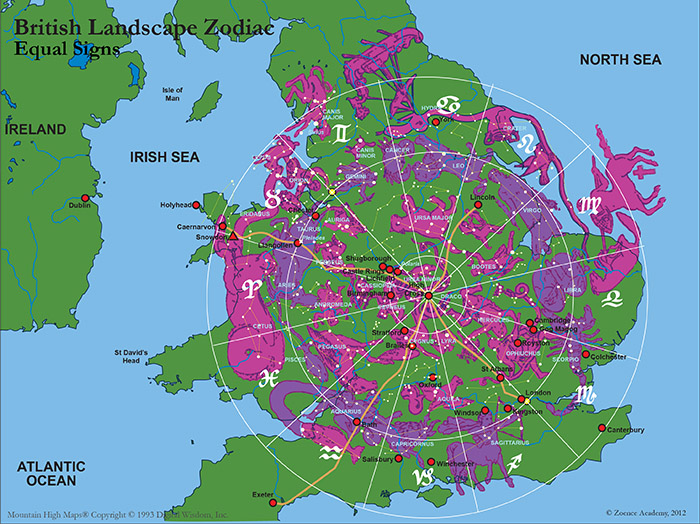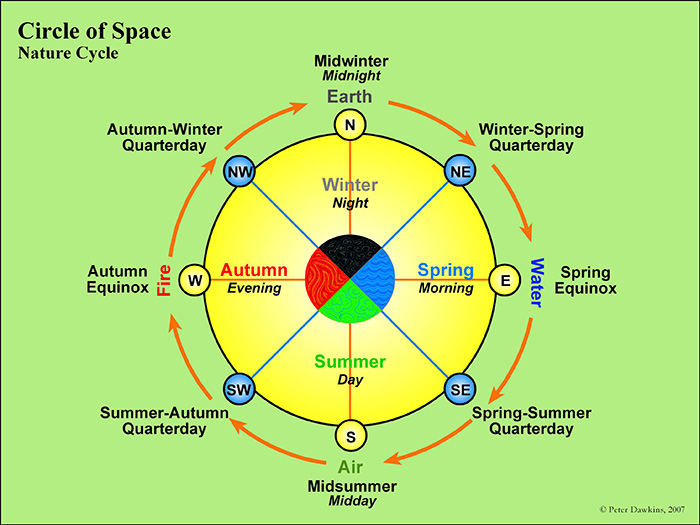The Creation Myth
Orphic-Greek Creation Myth
In the beginning there was Chronos (‘Eternity’) and Ananke (‘Necessity’). They combined to become primordial Aether (‘Spirit’), Chaos (‘Matter’) and Erebos (‘Darkness’). Chaos was a fathomless, formless void, known biblically as “the Deep” (i.e. Infinity). Erebos was the Darkness that “lay upon the face of the Deep”. Aether, the Holy Spirit, also known as Nyx (Latin: Nox, ‘Night’), was the divine Potential—the still, silent potential of all movement, sound, law and creativity.
Then, in the first great act of creation, the Spirit moved in an expression of love, the nature of the hidden, unmanifest All-Good. In this movement Nyx was also known as Eurynome (‘Wide-ruling’). Her movement, described as a dance, was to the south. As she danced faster and faster, she whirled Erebos, the Darkness, into a wind that followed her. This wind was the North Wind, Boreas, also referred to as Ophion, the primordial Snake or Serpent.
Ophion watched as Eurynome danced and was filled with a divine lust for her. He coiled his body seven times around Eurynome and made love to her as she danced. Impregnated by Ophion, Eurynome laid the Cosmic Egg, the first living form. Then, at Eurynome's bidding, Ophion wrapped his body seven times around the Cosmic Egg, helping it to hatch. As it burst open, out sprang Eros, the Protogonus (‘First-born’), the first complete manifestation of Divinity.
Eros (‘Love’) shines as a great Light. As such he was known to the Greeks as Phanes (‘Brilliant’), the golden-winged god of light. He was also known as Ericapaeus (‘Power’), Logos (‘Wisdom’) and Metis (‘Intelligence’).
Although referred to as ‘He’, Eros is both male and female. He was symbolically described as having four eyes, faces or heads, which allow him to look in any direction, the heads sometimes being represented in the shapes of various animals. He has the voice of a bull and a lion, with which he creates all things. As he burst asunder the Cosmic Egg, the two halves formed Heaven (Uranus) and Earth (Gaea). All the elements, gods, goddesses, nature, everything, was contained within and emerged from his being.
Hindu Creation Myth
The Orphic-Greek Creation Myth is synonymous with the Hindu Creation Myth. In the latter, the Sanskrit term for the Cosmic Egg is Brahmanda ('Cosmic Egg') or Hiranyagarbha (‘Golden Foetus’). This is also described as Brahman, the Soul of the Universe.
The Upanishads describe how the Hiranyagarbha floated around in the emptiness and darkness of non-existence for about a year, and then broke into two halves which formed the Swarga (‘Heaven’) and Prithvi (‘Earth’). From the Hiranyagarbha was born Brahma, the Manifest (i.e. Eros).
The Matsya Purana describes how, in the beginning (or after Mahapralaya, the great dissolution of the universe), there was darkness everywhere. Nothing existed: everything was in a state of sleep, or potential. Then Svayambhu, Self-manifested Being, came into existence. He caused the primordial waters to appear and placed the seed of creation into them, thereby creating Hiranyagarbha, the golden womb. Svayambhu then entered the womb, where he became Vishnu, the Being who pervades the entire universe (or cosmos).
Besides Brahman and Svayambhu, other names given for this self-manifested Universal Being are Narayana, Ishvara and Krishna. In this one and only Being are contained the three great principles of creation, preservation and dissolution, known as the Hindu Trinity of Brahma, Vishnu and Shiva. This Supreme Being is described symbolically as multi-headed, multi-eyed, multi-footed, multi-armed and multi-limbed—the supreme source, light and creator of everything else.

